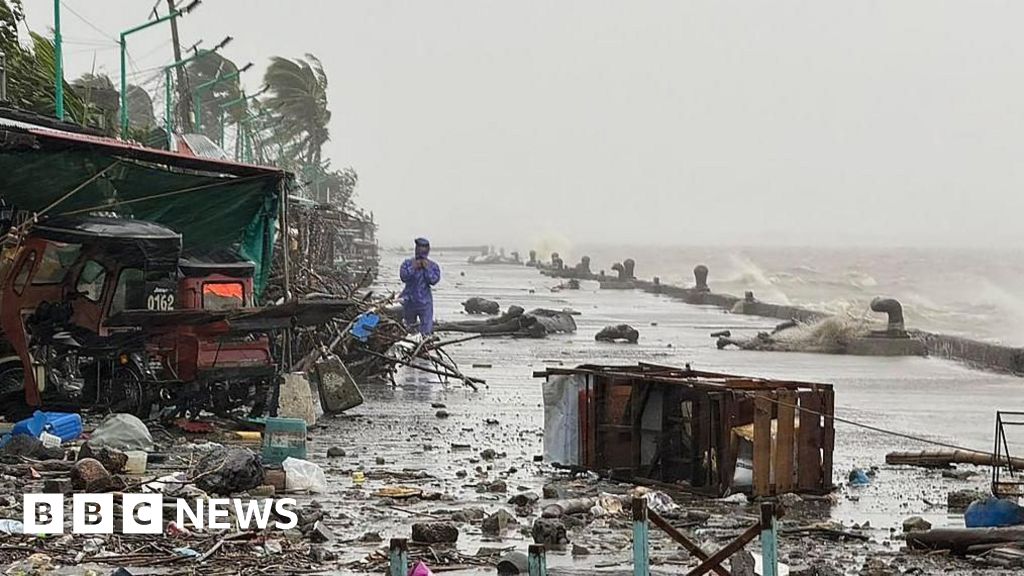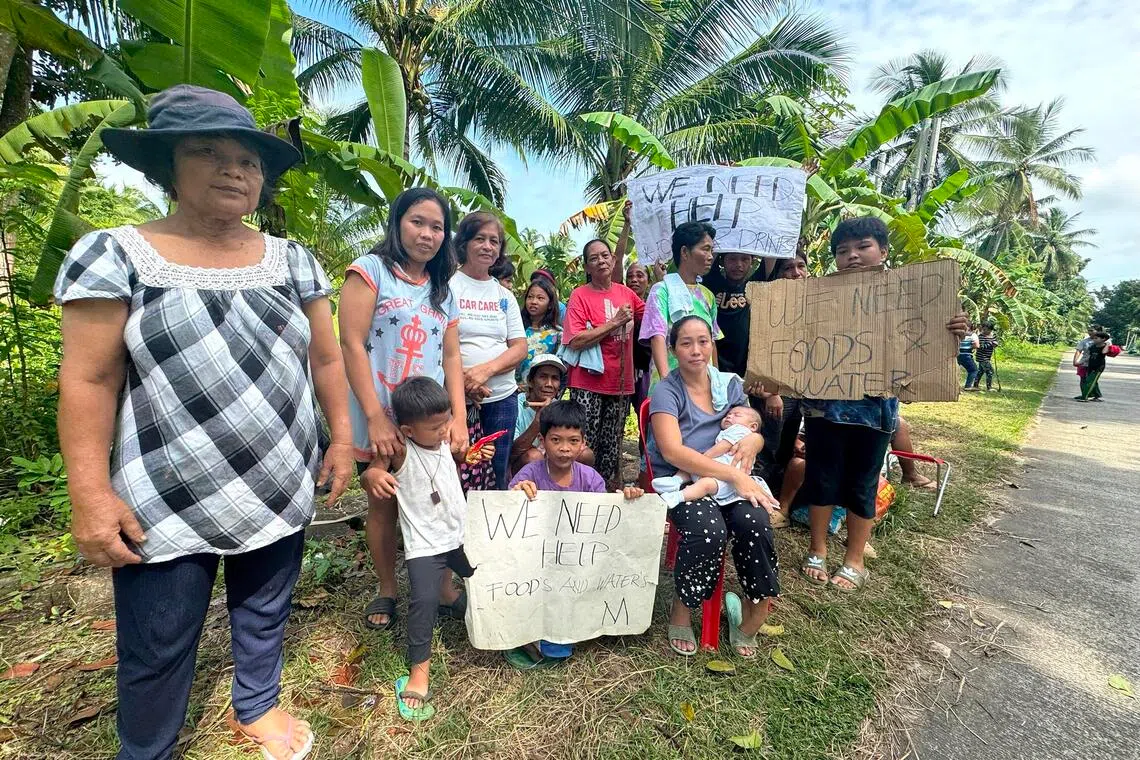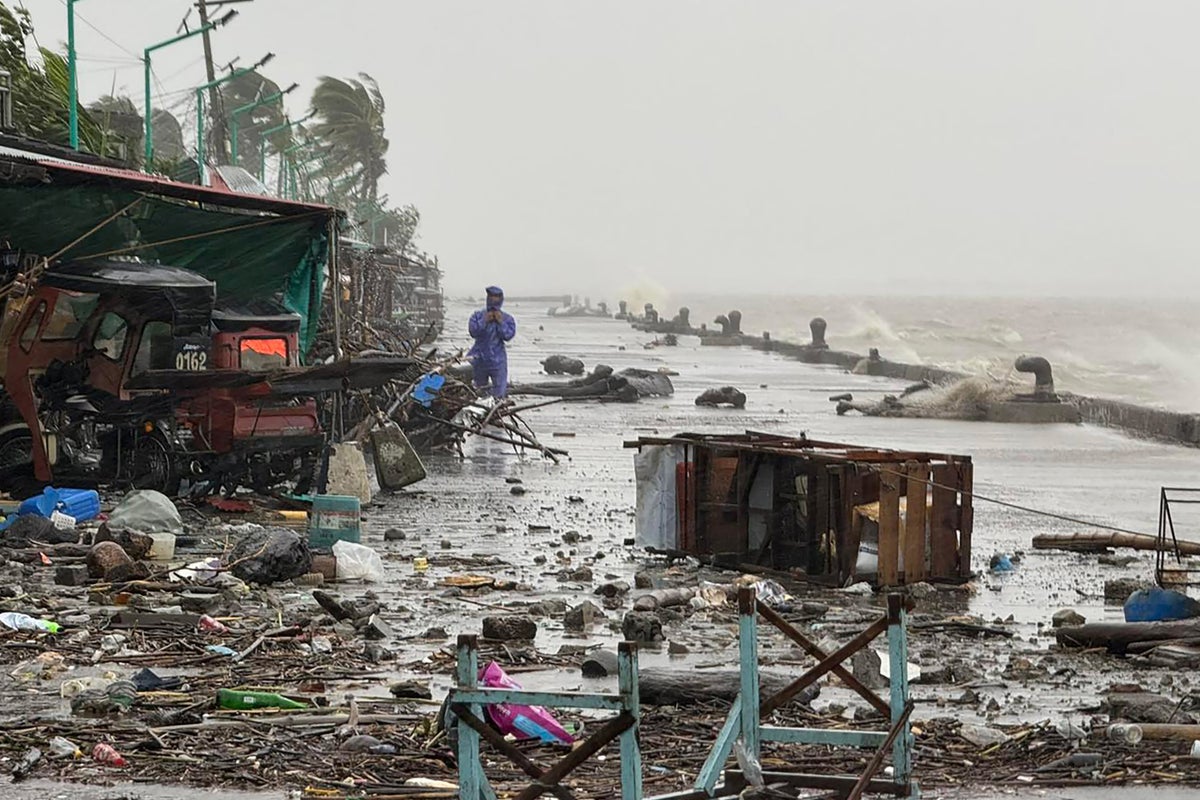Deadly Monsoon Rains Unleash Landslides and Floods in Nepal and India
Intense monsoon rainfall triggered devastating landslides and flash floods across Nepal and northern India between October 3 and 5, 2025. At least 63 people have died, and dozens remain missing as rescue efforts continue amidst challenging conditions.
Nepal Grapples with Devastation
Nepal has been particularly hard hit, with at least 47 fatalities confirmed. The eastern Ilam District suffered the most significant losses, with 35 deaths reported due to multiple slope failures burying homes and blocking roads. Additional casualties occurred in Panchthar, Dhankuta, and Sindhuli districts. Three people were killed by lightning, and nine remain missing.
According to the Department of Hydrology and Meteorology (DHM), rainfall exceeded 250 mm (9.8 inches) in a 24-hour period across several hilly districts. Shanti Mahat, a National Disaster Risk Reduction and Management Authority (NDRRMA) spokesperson, stated that rescue efforts are ongoing for the missing persons.
The Koshi River rose above the danger level, prompting the opening of all 56 sluice gates at the Koshi Barrage to prevent overflow into downstream settlements. Local official Dharmendra Kumar Mishra confirmed the authorities are considering restricting heavy vehicles from crossing the bridge due to the river’s dangerous levels.
Infrastructure Crippled, Rescue Efforts Hampered
The disaster has caused extensive damage to transport infrastructure. The Araniko Highway, connecting Kathmandu with the Chinese border, and sections of the BP Highway, linking the eastern and central regions, were closed due to multiple landslides. Rinji Sherpa, a spokesperson for Kathmandu airport, stated that domestic flights were suspended, while international operations faced temporary delays.
The Ministry of Home Affairs issued emergency alerts in Bagmati, Gandaki, Lumbini, and Madhesh provinces, warning of further landslides and flash flooding due to saturated soils. Nepal Army and Armed Police Force units were deployed to assist in search and rescue operations, but many remote communities remained inaccessible after roads were washed out or buried under debris.
India Faces Similar Challenges
Across the border in India’s Darjeeling District of West Bengal, at least seven fatalities were reported from landslides, with two people missing. Abhishek Roy, a Darjeeling district police official, said that rescue operations were underway to recover the missing. Additional deaths were confirmed in Uttarakhand and Himachal Pradesh, where flash floods swept through mountain valleys.
The India Meteorological Department (IMD) maintained a red warning for heavy rainfall and landslides along the Himalayan foothills through October 6.
Government Response and Long-Term Vulnerabilities
The Nepalese government declared October 6 and 7 public holidays to facilitate nationwide recovery and relief operations. This coincides with the end of Dashain, Nepal’s most important religious festival, compounding transportation challenges as hundreds of thousands of people returned home.
However, the disaster also highlights the long-term vulnerabilities of the mountainous region to natural disasters. Nepal is highly prone to monsoon-induced landslides and floods, causing hundreds of deaths annually. Experts warn that the frequency and intensity of such disasters are increasing, partly due to climate change.
Ongoing Efforts and Future Outlook
Rescue operations are ongoing under challenging weather conditions, with national agencies urging residents to be aware of the continued risk of slope failure and river surges. As the skies clear and the waters recede, both Nepal and India will face the daunting task of rebuilding and preparing for a future where such disasters may become increasingly common.
 Visit the website
Visit the website







